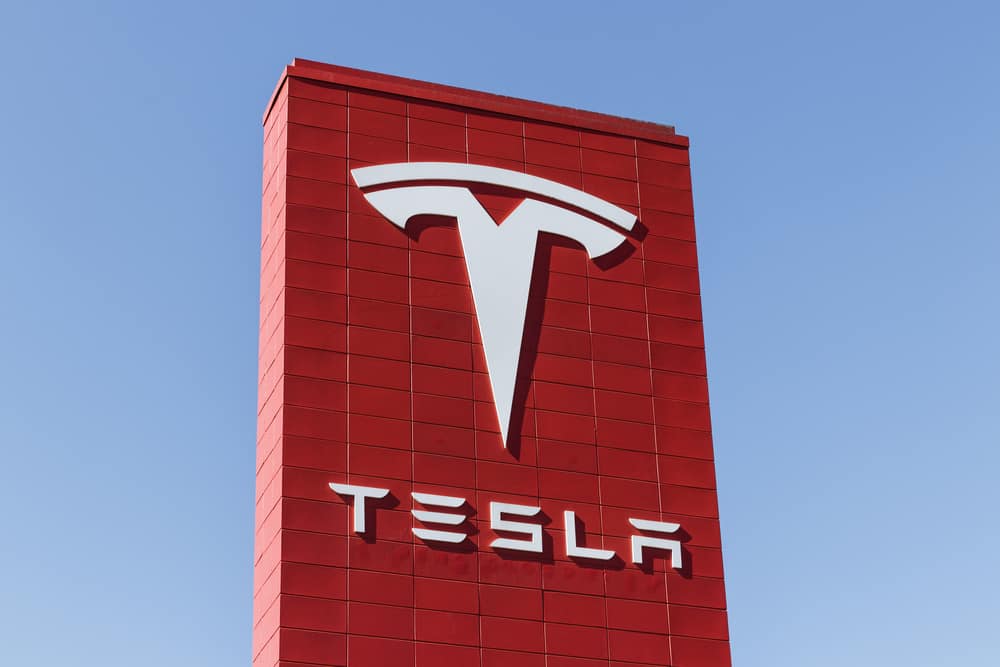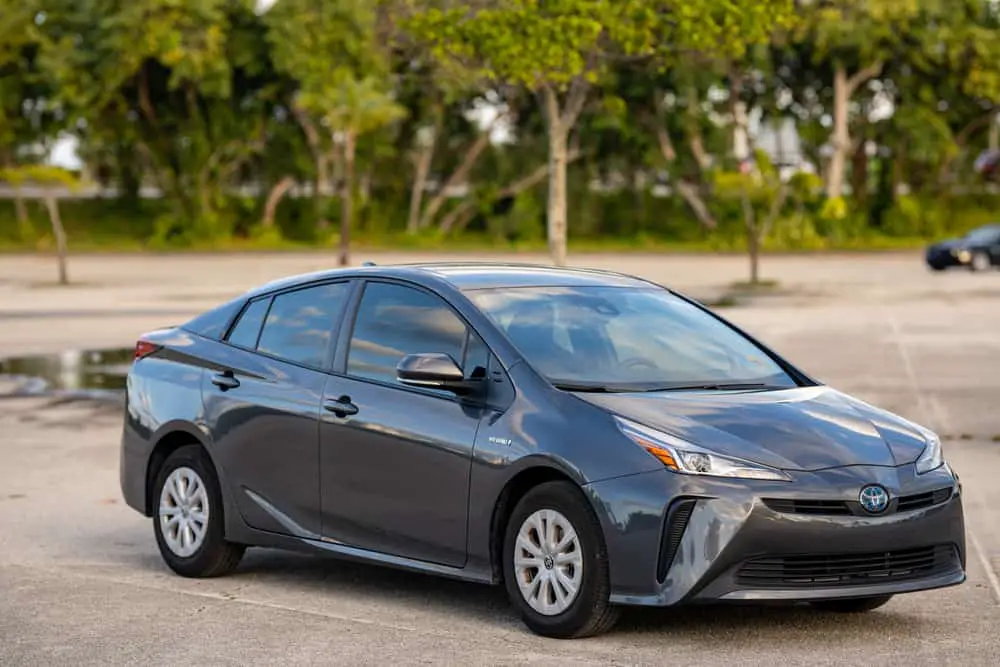There may be a curiosity surrounding the idea of a Tesla that uses gasoline, potentially blending the best of both worlds between EVs and traditional cars. This question particularly pertains to those who are hesitant to switch to electric due to range anxiety or charging infrastructure concerns.
In this article, we will explore whether any Tesla models offer gasoline options and discuss the reasons behind the company’s focus on electric powertrains.
Tesla and It’s Electric Vehicle Philosophy
Electricity vs Gasoline
Tesla, founded by Elon Musk, focuses solely on designing and manufacturing electric vehicles (EVs). The company’s aim is to make EVs the standard mode of transportation, replacing traditional gasoline-powered cars. There are a number of benefits associated with EVs when compared to gasoline vehicles:
- Fuel efficiency: Electric motors are more efficient than internal combustion engines. The energy from an electric motor can directly power the vehicle, while a gasoline engine loses heat and energy during combustion.
- Performance: Tesla’s electric cars have quicker acceleration and smoother driving experience due to the instant torque provided by electric motors.
- Lower operating costs: EVs generally have lower maintenance and refueling costs because they have fewer moving parts and don’t require gasoline.
Environmental Impact
One of Tesla’s primary goals is to produce environmentally friendly vehicles that minimize the use of fossil fuels and reduce greenhouse gas emissions.
Some of the key ways in which Tesla’s EVs help accomplish this include:
- No tailpipe emissions: EVs produce no tailpipe emissions, which significantly reduces air pollution. Gasoline-powered cars release carbon dioxide, nitrogen oxides, and other harmful pollutants into the atmosphere.
- Sustainable energy: Tesla vehicles can be charged with electricity generated from renewable sources such as solar and wind power, further reducing their environmental impact.
- Battery recycling: Tesla is committed to recycling and reusing the battery components of its EVs, ensuring that limited resources are preserved and reducing waste.
By focusing on EVs and promoting their environmental and performance benefits, Tesla is driving the shift away from gasoline-powered vehicles and making transportation more sustainable for the future.
Battery and Charging Technology in Tesla Vehicles
Battery Packs and Range
Tesla vehicles use advanced battery packs with high energy density to eliminate the need for gasoline. The battery packs in Tesla vehicles are comprised of thousands of lithium-ion cells, typically providing power outputs measured in kilowatt-hours (kWh).
For example, the Tesla Model 3 comes with the choice of standard-range (50 kWh) or long-range (75 kWh) battery packs.
The range of Tesla vehicles depends on the battery pack size and the car model. Ranges vary from around 250 miles for the base Model 3 to over 400 miles for the long-range Model S or Model X.
Charging Stations and Superchargers
To support their electric vehicles, Tesla has developed an extensive network of charging stations across the world. These stations offer various charging speeds, including high-speed Superchargers.
- Superchargers can deliver up to 250 kilowatts of power, enabling Tesla owners to recharge their vehicles in around 15-30 minutes for most driving conditions.
- Charging stations installed at owners’ homes or workplaces offer slower charging rates (up to 20 kilowatts), suitable for overnight charging or during a typical work shift.
Gas-Powered Vehicles and Hybrids
Internal Combustion Engines
In gasoline cars, the internal combustion engine directly powers the vehicle. These engines burn fossil fuels to create mechanical energy, which drives the car’s wheels. Gasoline cars typically have a fuel tank that stores the gas, and drivers refill their tanks at gas stations.
The combustion of the fuel in the internal combustion engine generates harmful emissions, which contribute to air pollution and climate change. While internal combustion engine vehicles still dominate the market, hybrid and electric vehicles are becoming more popular.
Hybrid Technology
Hybrid vehicles are a combination of gasoline-powered internal combustion engines and electric motors. They come in various forms, from mild hybrids to full hybrids. The hybrid technology allows the vehicle to switch between gas and electric power, depending on driving conditions and battery charge.
This can lead to improved fuel efficiency and lower emissions compared to purely gasoline-powered cars.
- Mild Hybrids: These vehicles have an electric motor that assists the internal combustion engine, mainly during acceleration or uphill driving.
- Full Hybrids: A full hybrid has a more powerful electric motor and battery, enabling the vehicle to drive short distances on electric power alone before switching back to the combustion engine when needed.
Drivers of hybrid vehicles need to refuel at gas stations because the internal combustion engine still requires gasoline to operate.
PHEVs
Plug-in Hybrid Electric Vehicles (PHEVs) take hybrid technology a step further. PHEVs have a larger battery capacity than regular hybrids, allowing them to drive longer distances on electric power alone.
They can be charged at home or at public charging stations like electric vehicles. When the battery is depleted, the internal combustion engine kicks in, and the vehicle operates as a traditional hybrid using both gasoline and electric power.
Tesla Model 3 EV and Comparison to Gas-Powered Cars
Performance and Efficiency
The Tesla Model 3 is a high-performance electric vehicle (EV) that sets itself apart from gas-powered cars in many ways. Powered by an electric motor instead of a gas engine, it offers excellent acceleration and a smooth driving experience.
The Model 3 boasts an efficient design that maximizes battery power, allowing it to travel considerable distances on a single charge. Unlike traditional cars with a gas tank, the Model 3 stores its electric energy in batteries, eliminating any risk of fuel spillage.
In addition to its performance capabilities, the Tesla Model 3 has a unique feature called a “frunk,” which is a front trunk that provides additional storage space as there is no need for a large engine. This makes the electric car even more practical for everyday use.
Cost and Environmental Benefits
When comparing the cost of owning a Tesla Model 3 to a gas-powered car, it’s important to consider the differences in fuel consumption and maintenance expenses.
While the initial purchase price of an electric vehicle might be higher, ongoing costs for electricity and maintenance tend to be lower than for a traditional car. As a result, the total cost of ownership for a Model 3 may be more favorable for some buyers.
The environmental benefits of driving a Tesla Model 3 are also significant. As an electric car, it generates zero emissions and contributes to cleaner air quality in comparison to gas-powered vehicles. In fact, some countries like Austria provide incentives for EV owners, recognizing their contributions to a greener environment.
An innovative development by the Austrian company Obrist, the Zero Vibration Generator is a system that aims to combine the benefits of electric cars and traditional cars by using an ultra-efficient gas engine to charge the battery.
While this technology is not yet available in Tesla cars, it serves as an interesting example of the potential synergies between electric energy and traditional engines in the future.
When considering the Tesla Model 3 and comparing it to gas-powered cars, keep in mind the performance, efficiency, cost, and environmental benefits offered by this innovative electric vehicle. As electric cars continue to evolve and gain popularity, more and more people are discovering the advantages of going electric.
Alternatives to Gasoline in the Auto Industry
Solar Panels and Electric Vehicles
Solar Panels are becoming more prevalent in the auto industry, with some manufacturers integrating them into their electric vehicle (EV) designs. Solar panels convert sunlight directly into electricity, helping to provide power for the vehicle’s battery and reducing the need for charging from external sources.
This bolsters the environmental profile of EVs, as they rely less on grid electricity, which may be generated from fossil fuels.
Electric vehicles (EVs) have been gaining popularity as an alternative to gasoline-powered vehicles. EVs are powered by batteries, which store electricity from the grid and supply it to the vehicle’s electric motor. The benefits of EVs include lower emissions, reduced fuel costs, and smoother operation with less noise and vibration.
Innovations in Hybrid Technology
Hybrid technology combines gasoline engines with electric motors to improve fuel efficiency and reduce emissions. Recent advancements include hyper-hybrid technology, which aims to take hybrid systems to new levels of performance and efficiency.
One notable development is the zero vibration generator, a compact and lightweight design that reduces noise and vibrations within the hybrid system. This technology enhances the driving experience by providing a smoother, more enjoyable ride.




